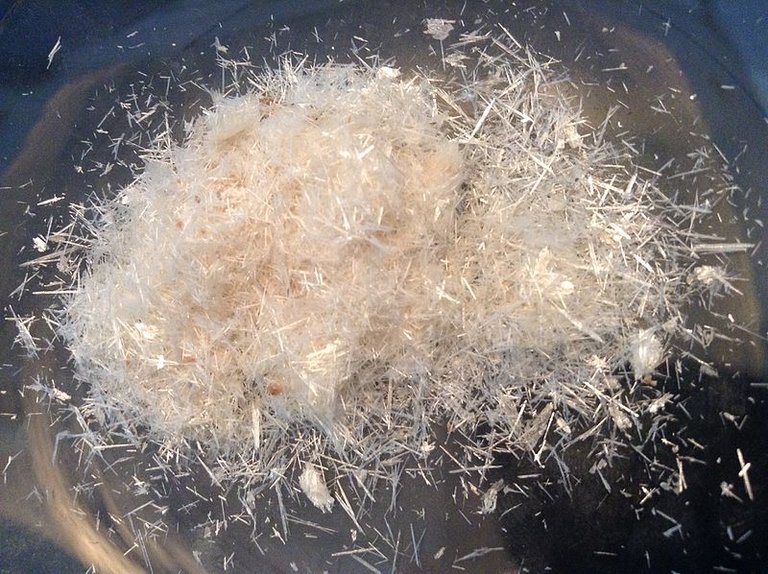The worldwide Bio Vanillin Market is anticipated to surpass USD 226 million by 2024. Applications in premium products, like perfumes and food & beverages can boost the market over the forecast period (2016-2024). Bio vanillin is used extensively in medicines and foods because it can effectively prevent any bitter taste. Application in areas, such as cosmetics, pharmaceuticals, and food & beverages will catapult demand in the forthcoming years.

The support and encouragement of food regulatory authorities in North America and Europe will impact the market positively. These authorities have identified ingredients that are obtained as naturally derived products from microbial processing. Regulatory standards that discourage synthetic products may encourage industrial demand. Additionally, customer awareness and growing popularity could fuel demand for bio vanillin during the forecast period.
Production of bio vanillin through biotechnological methods generates lesser unwanted side products. For instance, there is lower toxicity, minimal emission of greenhouse gases, and lesser energy consumption. These factors make biotechnological methods a ‘greener’ alternative.
Browse Details of Report @ https://www.hexaresearch.com/research-report/bio-vanillin-market
The global bio vanillin industry is still in its infancy. Manufacturers are claiming their products to be natural. A few products have also been approved by regulatory bodies. As per regulations of the European Parliament and the Council, bio vanillin produced by biotechnological methods using natural inputs are termed ‘natural flavoring’. This however, needs specification of source.
The bio vanillin market is split into applications and regions. Applications comprise food & beverages, pharmaceuticals, and fragrances. Food & beverages dominated the market with over 65% of the total volume shares in 2015. Surging demand for foods with a sweet aftertaste can propel the market in the forecast period. ‘Fragrances’ was the second largest market in 2015. With a market share of 24%, this segment stood at nearly USD 31 million in the same year. It may expand at an 8.3% CAGR from 2016 to 2024. Fragrances are vastly used in cosmetics, personal care products, detergents, and chemical formulations. Pharmaceuticals can gain at over 8% CAGR (with respect to volumes) in the forecast period. This is attributed to the growing trend of using flavorings in syrups and tablets.
Based on regions, the industry is segmented into Europe, North America, Latin America, Asia Pacific, and the Middle East & Africa (MEA). Asia Pacific bio vanillin led the worldwide market in 2015 with a 40% share in terms of volume. Use of the product in bakery and confectionery products in nations like, Malaysia, Indonesia, Vietnam, China, and India will impel market growth.
The bio vanillin industry will grow at a steady pace in regions, such as North America and Europe. North America is estimated to grow at a CAGR of over 5%. Europe is estimated to expand at over 7% CAGR in the years to come. Regulatory norms will play a crucial role in the development of these markets.
This product is widely used in a host of fragrances, foods, and drinks. Such a trend will contribute substantially to the growth of this market in the forthcoming years.
Major competitors in the global industry are Apple Flavors & Fragrances Group Company Limited, Solvay SA, International Flavors & Fragrances, and Ennloys. Companies engage in strategic partnerships & technological developments for occupying more shares.
Browse Related Category Market Reports @ https://www.hexaresearch.com/research-category/nutraceuticals-and-functional-foods-industry
Hi! I am a robot. I just upvoted you! I found similar content that readers might be interested in:
https://www.hexaresearch.com/press-release/bio-vanillin-market